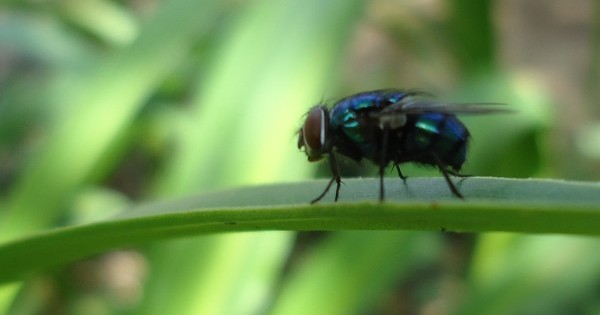
My poetry workshop has been going for 20 years. It includes visual artists, novelists, and fiction writers, as well as poets. Somewhere along the line we began talking beauty, and our talk keeps drifting back to beauty. What is it? Can it be defined? Does beauty mean the same thing to you as it does to me? Is beauty entirely subjective, or are there objective elements to it? Does beauty or the idea of beauty shift over time? (Well, obviously, yes.) Is beauty an entirely human concept? Does the honeybee approaching the blossom find it beautiful? What is the experience of this honeybee, if indeed honeybees have experiences? Further, what is the relationship of beauty to truth, those two ever-shifting attributes? Or are they attributes? Might beauty be intrinsic to its object? Or is it “in the eye of …” etc. What on earth was Keats talking about when he wrote in that ode on a Grecian urn, “‘Beauty is truth, truth beauty,’—that is all / Ye know on earth, and all ye need to know.” (Okay, no digressions into how we know what we know.) If beauty is truth and truth beauty, what is a butterfly? And why do we, generally speaking, consider the rose beautiful and the blue bottle fly repulsive? Well maggots are repulsive, of course. And flies swarm, especially over corpses. This is disgusting. They lay their eggs (hundreds at a time), first in the eyes, nostrils, and mouth, or first in a bloody wound. Their eggs hatch larvae (maggots). The maggots feed on dead flesh, and when they are fat and full, they encase their slimy macaroni bodies in pupal casings and morph into flies. Perhaps blue bottle flies (Calliphora vomitoria). These events establish time of death and explain the fondness of forensics experts for flies. Back to beauty and the blue bottle fly. The blue of this fly’s abdominal part is the most exquisite neon blue, the indigo of a pre-dawn summer sky. Oh. To have a dress in this exact blue. I propose the name blue-bottle-fly blue. It could be accessorized with “bug-eye brown,” the burnt sienna of the blue bottle fly’s huge (under magnification) eyes. And wings the color of silver and glass. I hereby offer this vibrant palette to any fashion designer, free of charge. It is a spring palette, respecting that flies come out in spring. To see for yourself the beauty of the blue-bottle-fly, Google “blue bottle fly.” Just ignore the creepy jointed legs and the waving antennae.

